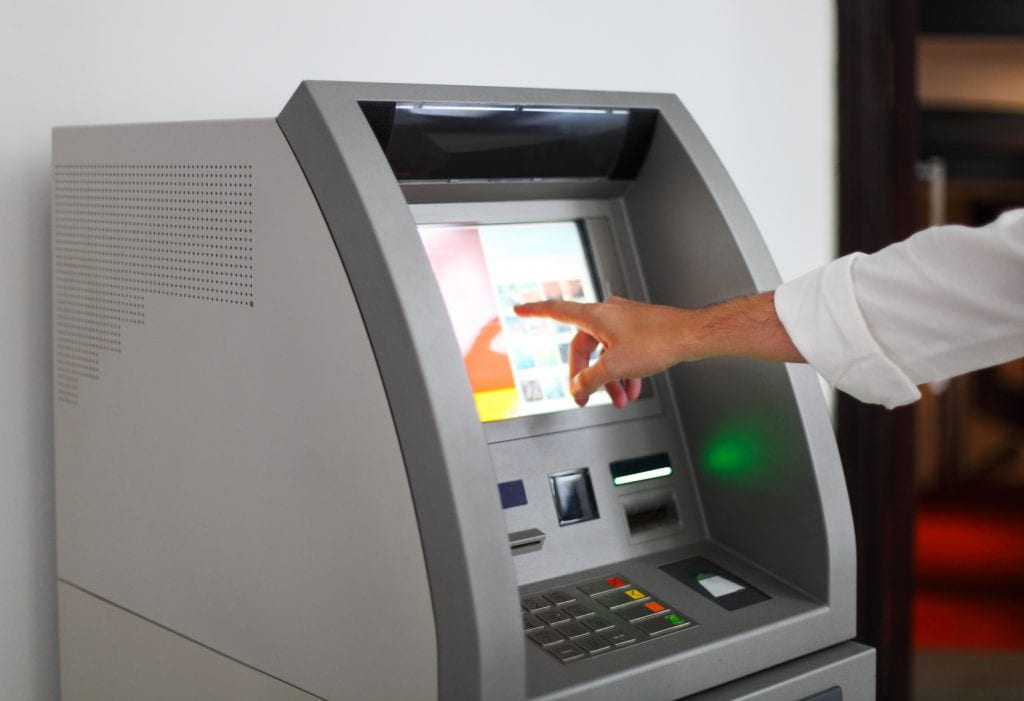It’s a marathon, not a sprint—which is how the EMV transition might be described. While credit card issuers and payments companies indicate that a majority of credit cards now have the embedded chip, that does not capture the reality of limited EMV POS usage. As colleague, Alex Johnson, points out in the Bloomberg report, entering 2016 only about 20% of merchant POS terminals are operational and certified to accept EMV transactions.
A majority of credit cards in the U.S. now contain a chip designed to add more security — yet most payment terminals at retailers can’t read the new technology. And the situation isn’t going to improve anytime soon.
Credit-card networks began pitching chip cards years ago to protect against counterfeits, and merchants were supposed to join banks and payment processors by Oct. 1, or face liability for some fraudulent charges that occur in their stores. By the end of last year, only about 20 percent of terminals had been activated to process them, according to Alex Johnson, a director at researcher Mercator Advisory Group. In contrast, almost 60 percent of credit cards issued by banks are embedded with a chip.
It’s not just a question of getting the hardware. Stores must test the functionality and be certified, and that takes an average of three tries to get it right, said Greg Burch, vice president of strategic initiatives at Paris-based terminal-maker Ingenico Group SA. Retailers can still accept swiped card transactions and won’t be liable for fraudulent charges if the consumer hasn’t received a chip card yet. The card issuer would typically be liable.
The road to chip-card usage in the U.S. was expected to be bumpy. There are dozens of large banks in the country, compared with, for example, a handful in Canada, and many more payment processors and merchants than in some of the more than 80 countries that have already adopted the technology. And debit cards have been more difficult to implement because of regulatory issues.
No doubt there’s has been a lot of foot-dragging on the merchant side, and there are still some holdouts to EMV especially among small retailers. Meanwhile, the certification requirement creates gridlock which contributes to the slow progress. Merchants are not happy with the plodding transaction processing time and many consumers are still befuddled as to how EMV is supposed to work. But everyone will be happy if EMV reduces POS fraud which is the primary objective. The chargeback numbers will be the most important measure of success to watch this year.
Overview by Raymond Pucci, Associate Director, Research Services at Mercator Advisory Group
Read the full story here
